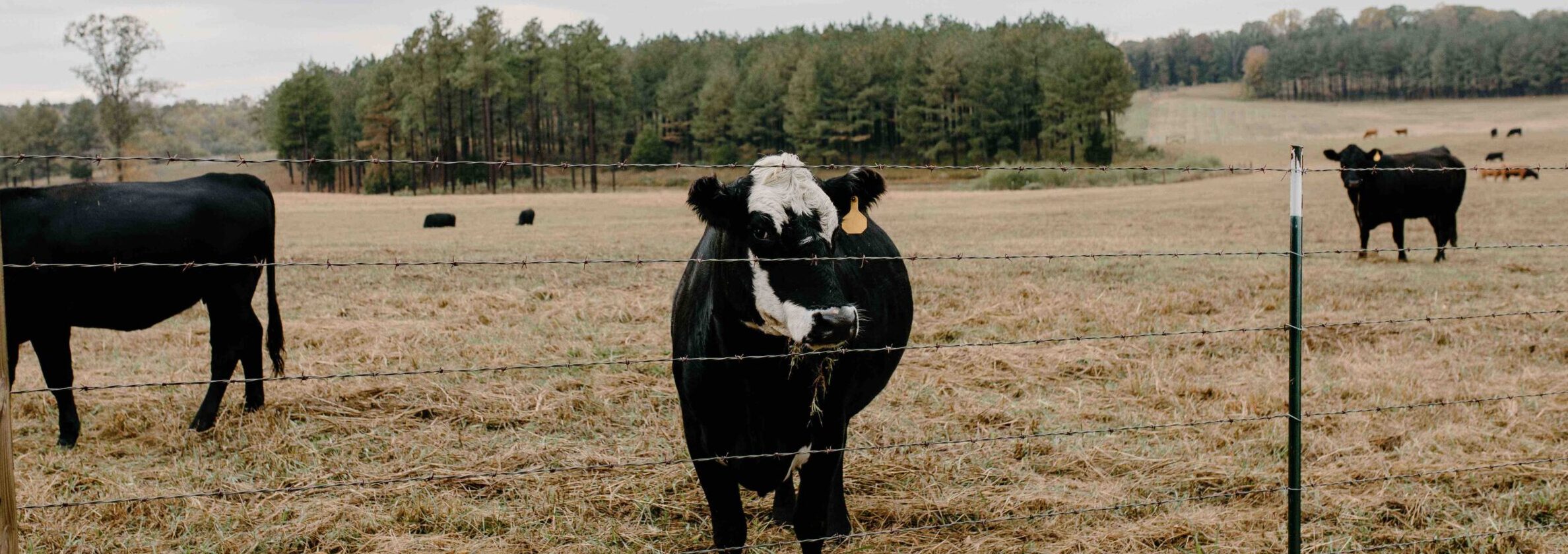Artificial Insemination (AI) is a useful tool that cattle producers can use to help their operation. It offers many advantages to natural service that may benefit even small producers. One major advantage of this technology is that it allows access to superior genetics at a reduced cost compared to natural service. A producer can get access to top-of-the-line genetics without having to spend thousands of dollars on a top-of-the-line bull. AI also allows for more selective breeding where a producer can select for increased calving ease, milk production, heavier weaning weights, etc. This technology has been shown to improve conception rates and shorten the calving interval (Anderson & Deaton 2003; Rodgers et al., 2012). This means that AI can be used to increase a producer’s cow herd genetics through replacement heifers. They can also increase herd uniformity, which could lead to better group marketing opportunities and higher prices received.
Despite these benefits, adoption of AI has been relatively low, with only 11.6% of beef cattle operations using this technology. However, like with many technologies, larger producers were more likely to use this technology, with 29.4% of operations with 200 or more head using AI compared to 8.7% of operations with only 1-49 head (USDA APHIS 2017). The major barrier to adopting AI is the increased management and labor requirements. An AI program is going to take significantly more work than natural service. It also has added costs of drugs, semen, and requires additional handling facilities. Furthermore, there are some knowledge barriers that producers need to overcome to use AI effectively.
The question then is, does AI pay? In typical economist fashion, the answer is: it depends. The factors that impact the profitability of AI are:
- Herd Size
- Larger herds tend to see more profit benefit from AI.
- Cow-to-bull ratio
- A lower cow-to-bull ratio will produce higher returns to switching to AI.
- How are the calves marketed?
- The more premium for better genetics, performance, and uniformity you can capture, the better off you will be with AI.
- How much is your time worth?
- The more valuable your time, the more expensive the increased management and labor costs become, and AI becomes less profitable.
- AI programs will vary in labor intensity.
As with any farm decision, the most economical choice is not going to be the same for everyone. It is important to evaluate your options to determine what is best for your farm. One way to do this is to construct a partial budget. A partial budget is a way of evaluating two different decisions to determine which will be more profitable. It does this by comparing the associated costs and revenues of a choice with the associated costs and revenues of another choice. It only looks at the difference between the two options. For example, it can be used to compare the returns and costs of AI to that of natural service, as seen in Table 1. In this example, a herd with 115 head would increase net returns by $9.87/exposed cow by switching to AI. This is dependent on several factors, including the price received for the cattle, the costs of the drugs, semen, technician, and labor, and the price of the cull bull maintenance and sale. For a more detailed explanation of the numbers and assumptions used in Table 1 please see: http://extension.msstate.edu/publications/economic-impact-artificial-insemination-vs-natural-mating-for-beef-cattle-herds. Also, it should be noted that improved herd genetics is going to have benefits over time. This means that the value of AI likely increases when considering more years. But it is important to do these comparisons yourself to determine if AI is right for you.

References
Anderson, L., & Deaton, P. (2003). Economics of estrus synchronization and artificial insemination. Proc., Beef Improvement Fed, 15-19.
Karisch, B. (2020). Economic Impact of Artificial Insemination vs. Natural Mating for Beef Cattle Herds. Mississippi State University Extension P2486. Available at: http://extension.msstate.edu/publications/economic-impact-artificial-insemination-vs-natural-mating-for-beef-cattle-herds
Rodgers, J. C., Bird, S. L., Larson, J. E., Dilorenzo, N., Dahlen, C. R., DiCostanzo, A., & Lamb, G.C. (2012). An economic evaluation of estrous synchronization and timed artificial insemination in suckled beef cows, Journal of Animal Science, Volume 90, Issue 11, 4055–4062, https://doi.org/10.2527/jas.2011-4836
USDA APHIS. (2017). Beef 2017. Available at: https://www.aphis.usda.gov/animal_health/nahms/beefcowcalf/downloads/beef2017/Beef2017_dr_PartI.pdf
Picture by Tara Winstead. TN

